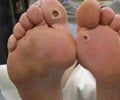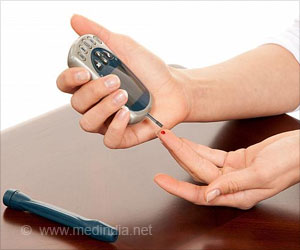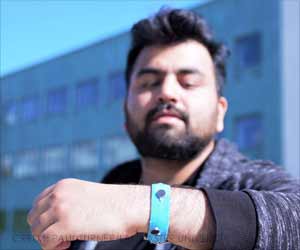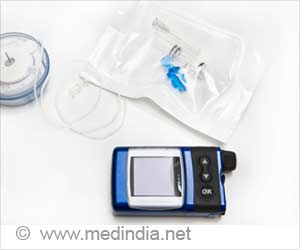New 3D-printed glucose biosensor developed may lead to improved glucose monitors for people who have diabetes.
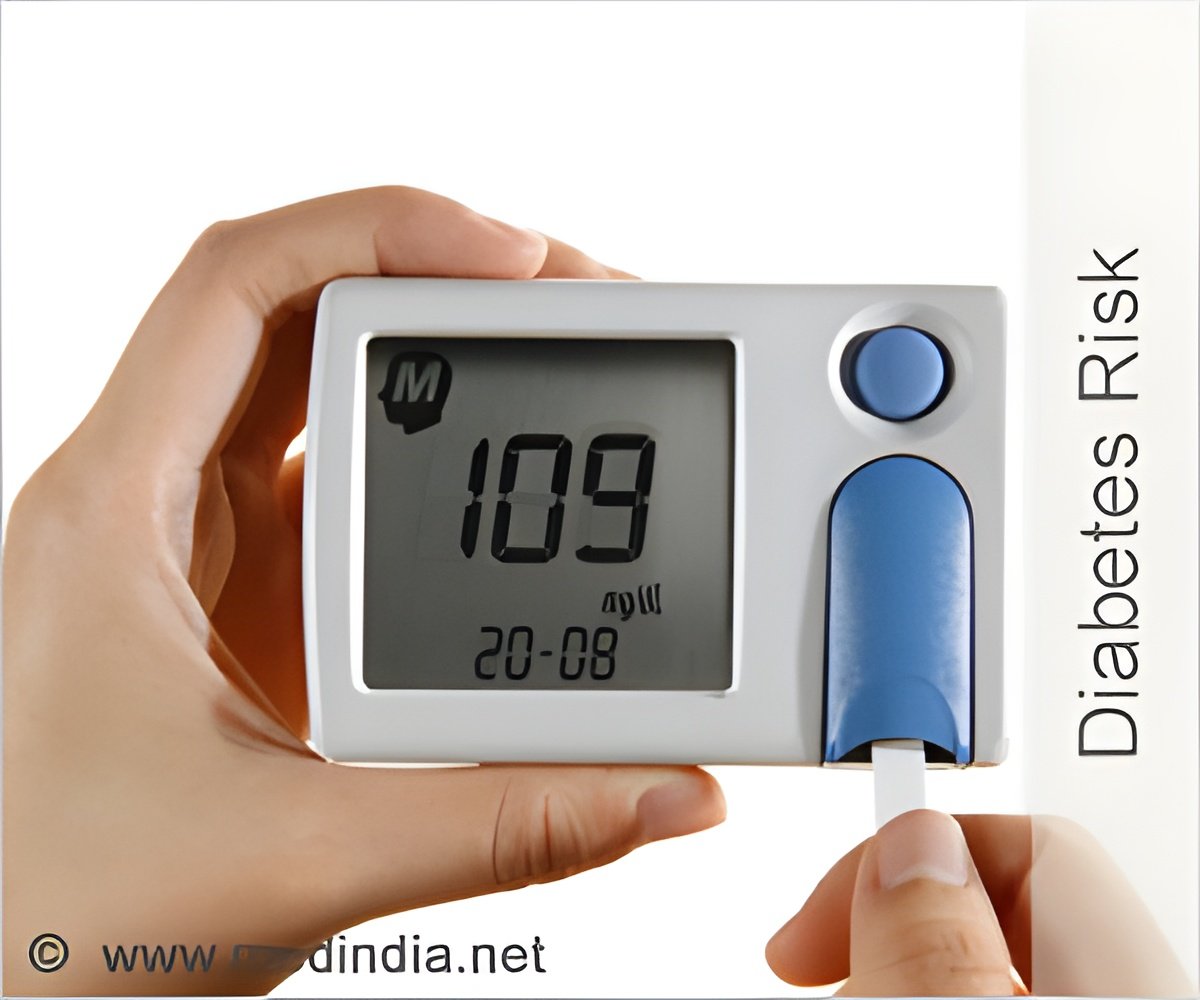
‘New 3D-printed glucose biosensor developed may lead to improved glucose monitors for people who have diabetes. The sensor could pick up glucose signals better than the traditionally produced electrodes.’
Read More..




"Our 3D-printed glucose sensor will be used as a wearable sensor for replacing painful finger pricking. Since this is a non-invasive, needleless technique for glucose monitoring, it will be easier for children's glucose monitoring," said co-author Yuehe Lin from the School of Mechanical and Materials Engineering, Washington State University in the US. Read More..
The team has been working to develop wearable, flexible electronics that can conform to patients' skin and monitor the glucose in body fluids, such as in sweat.
To build such sensors, manufacturers have used traditional manufacturing strategies, such as photolithography or screen printing. While these methods work, they have several drawbacks, including requiring the use of harmful chemicals and expensive cleanroom processing, the team said.
For the study, published in the journal, 'Analytica Chimica Acta,' the researchers used a method called direct-ink-writing (DIW), that involves printing "inks" out of nozzles to create intricate and precise designs at tiny scales.
The team printed a nanoscale material that is electrically conductive to create flexible electrodes.
Advertisement
"3D printing can enable manufacturing of biosensors tailored specifically to individual patients," said Arda Gozen from the varsity.
Advertisement
But manufacturers could use the same 3D-printer nozzles used for printing the sensors to print electronics and other components of a wearable medical device, helping to consolidate manufacturing processes and reduce costs, even more, he added.
The research team is now working to integrate the sensors into a packaged system that can be used as a wearable device for long-term glucose monitoring.
Source-IANS







